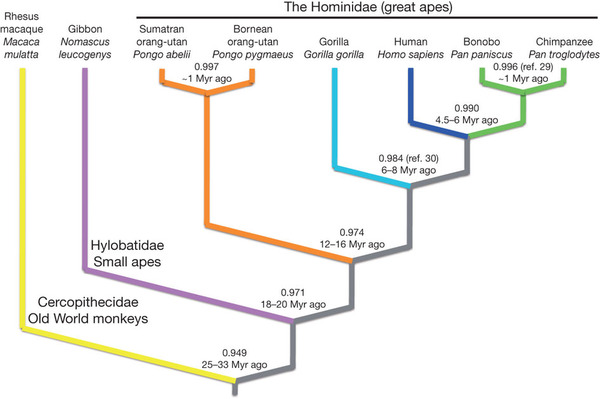The recognition in the late 1970s that Hbt. halobium (now renamed Hbt. salinarum) is a member of the Archaea was based on 16S rRNA oligonucleotide cataloguing, at the time the only method to obtain sequence information on rRNAs ( Magrum et al., 1978 ). Complete 16S rRNA gene sequences of Hfx. volcanii and Hbt. cutirubrum ( salinarum) became available in 1983 and 1985, respectively ( Gupta et al., 1983 ; Hui & Dennis, 1985 ).
This makes it unlikely that it will be found that this is a totally independent for of life.
I hope you didn't spend too much time digging that up for several reasons: 1) I don't need a list of challenges to the idea. I'm aware of what they are and I'm sure plenty of people are willing to line up and offer criticisms. 2) I was just spitballing. I'm not fixated on Archaea. 3) The example may have misled you a bit.
So, let me address these:
1) I'd be more interested in hearing examples of what you think could possibly work. Not why you think it won't work. So, let me ask a few questions.
2) All my example was trying to illustrate is that I'm not looking to propose something earth-shattering. I'd be happy if biology accepted a small change. At this point I can't imagine an experiment that would establish separate biogenesis events for existing life - even given the things you suggested. I only mentioned it to try to provide a framework into which the experiments I can imagine would fit.
However, let me ask you this: What do think would be the most plausible were a hypothesis presented for separate biogenesis events? For example, is someone suggested to me that wolves and the Alaskan Malamute came from 2 separate biogenesis events I wouldn't believe it. If however, someone suggested that Eukaryotes, Bacteria, and Archaea came from separate biogenesis events, I would accept that as a plausible idea. So, in your case, if you could imagine an experiment for separate biogenesis events, what 2 specimens would you select as the most plausible for that experiment?
3) Maybe someone else can devise that biogenesis thought experiment, but I haven't so far. So it may have misled you when I commented on a separate biogenesis event for Archaea. Therefore, let's back up and discuss an experiment I can imagine. Give me an example of the simplest nested hierarchy you know of. It would also need to be one where we have 2 living examples - one with the full hierarchy and one with only parts of the hierarchy.
Upvote
0

